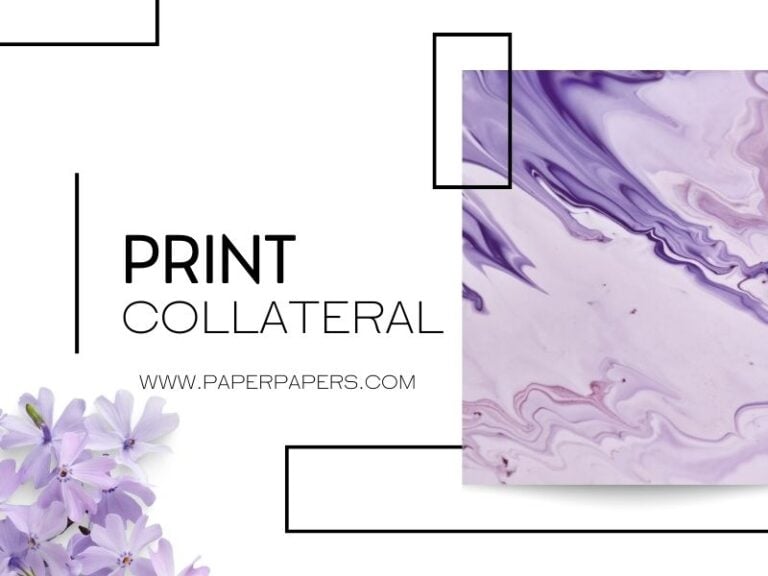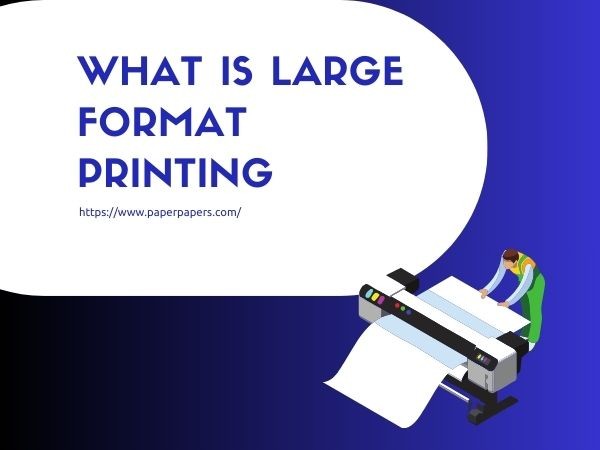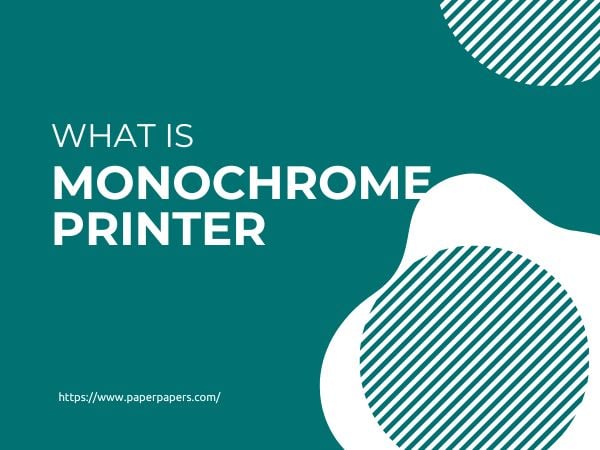The Ultimate Guide to Thermal Printers
With thermal printers increasing in demand, you may be wondering if owning a thermal printer can be beneficial for your business. These printers are widely used in industries like retail and shipping, mostly for making labels and receipts.
Not only are they faster than traditional printers, but also have low operating and maintenance costs.
To help you decide whether you can really benefit from a thermal printer or not, this guide will cover how these printers work, their types, and their benefits.
What is Thermal Printing?
Thermal printing is a digital process that uses heat to produce your desired prints, like images, graphics, or text on paper. This is why a thermal printer doesn’t require refilling any ink and toner cartridges as inkjets do. Thermal printers are mostly used for printing receipts, barcode labels, parking tickets, etc.
Another thing that sets a thermal printer apart from traditional printers is that instead of the usual paper, they use special thermal paper. This thermal paper is coated with chemicals and so cannot be recycled like normal paper.
Benefits of Thermal Printers
Owning and knowing how to use a thermal printer can benefit your business in the following ways:
- Though 90% of companies don’t track their printing costs, we can say that regular spending on ink and toner refills can add up to quite a lot. In contrast, thermal printers don’t require these refills, making them more cost-effective in terms of operating expenses.
- They are faster than other printers, making them ideal for time-sensitive printing tasks.
- These are wireless and compact, perfect for on-the-go printing jobs.
- They only have a few moving parts, so the need for consistent maintenance is significantly less than traditional printers.
Types of Thermal Printers
If you want to understand how does thermal printers work, know that they mainly come in the following two types.
Direct Thermal Printers
In direct thermal printers, the print head heats up and makes direct contact with the thermal paper. The thermal paper that is used has a special coating that changes color when a certain intensity of heat is applied to it.
Depending on the shading of your images or text, the thermal printer will adjust its heat intensity accordingly.
However, the downside to direct thermal printing is that the print doesn’t last more than six months and fades over time when exposed to sunlight or water. That’s why thermal printed receipts and traffic tickets are barely readable after a period of time.
Thermal Transfer Printers
Unlike the former method, in which heat is directly applied to thermal paper, thermal transfer printing applies heat to a ribbon made of wax. The ribbon, in turn, melts onto the paper and sets to create your print.
The advantage of a thermal transfer printer over a direct thermal printer is that its printing is of higher quality and more lasting.
These prints are unaffected by heat, water, or any harsh conditions, and for this reason, are great for long-term print jobs like blood bag labels, laboratory specimen labels, outdoor signs, etc. The best thing about this type of thermal printer is that besides paper, they can also print on plastic and polyester.
Can Thermal Printers Print Colors?
From the printers mentioned above, only thermal transfer printers can print color because they use wax ribbons. These printers basically print the color of the wax ribbon onto the paper. The downside is that only one color will be printed at a time and that, apart from black, you can get the ribbon in only a few colors, i.e., blue, red, and green.
Direct thermal printers can’t print in color because heat is applied directly onto the paper, and that technique will only print in black and white. That being said, there are some dual-colored thermal papers that are made of two layers.
One layer will print black when heated to a certain intensity, while the other will print red. These are mostly used for prints in which the text needs to be highlighted.
Since you don’t get many color options with thermal printers, it’s best not to use them for printing colored business cards and infographics.
Conclusion
Thermal printing is a reliable technology that has proven its worth across various industries. It can decrease your printing cost and make your printing tasks more efficient. However, for color printing, you’ll still have to rely on traditional printers.
For the high-quality paper to use in these traditional printers, check out our range of options at PaperPapers. Our paper material being long-lasting and blur-proof, is great for all types of business documents.








3 Comments